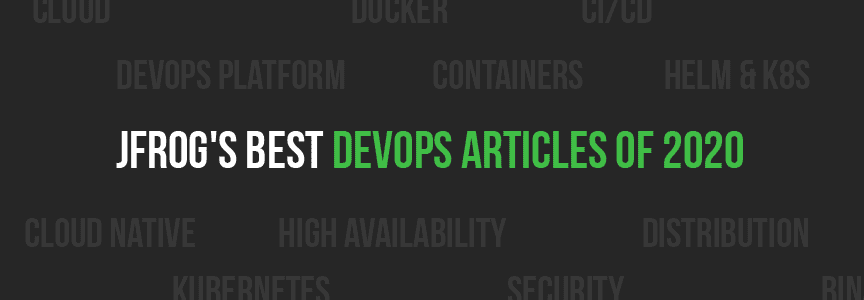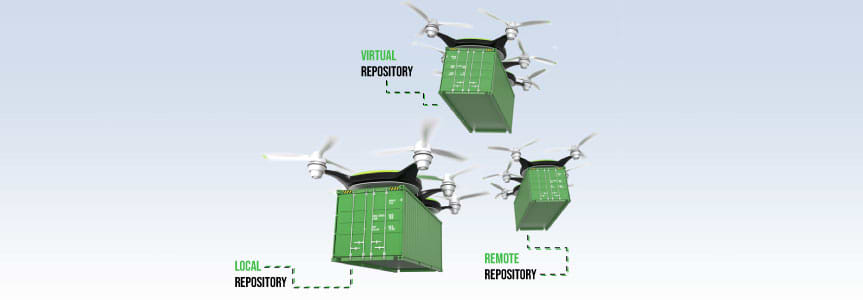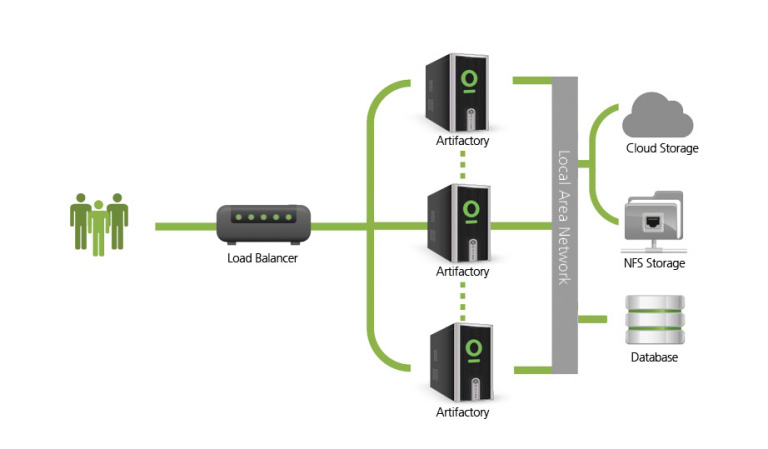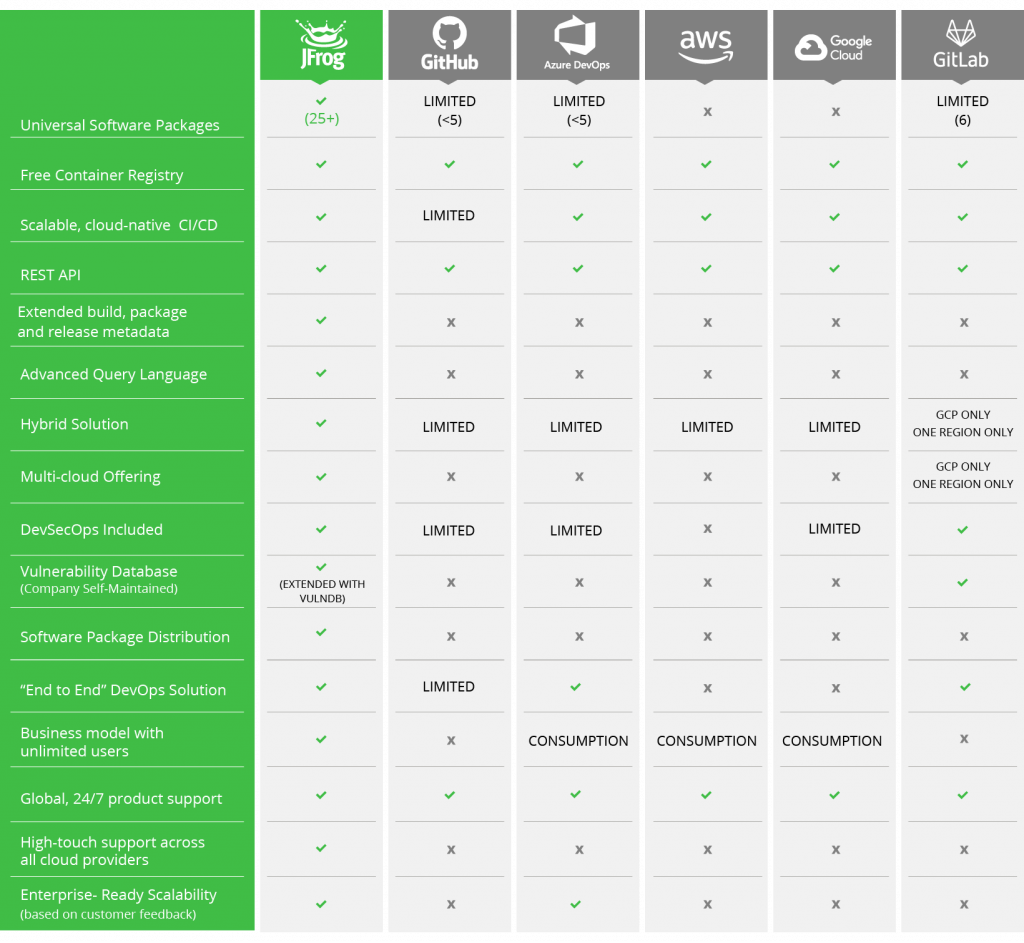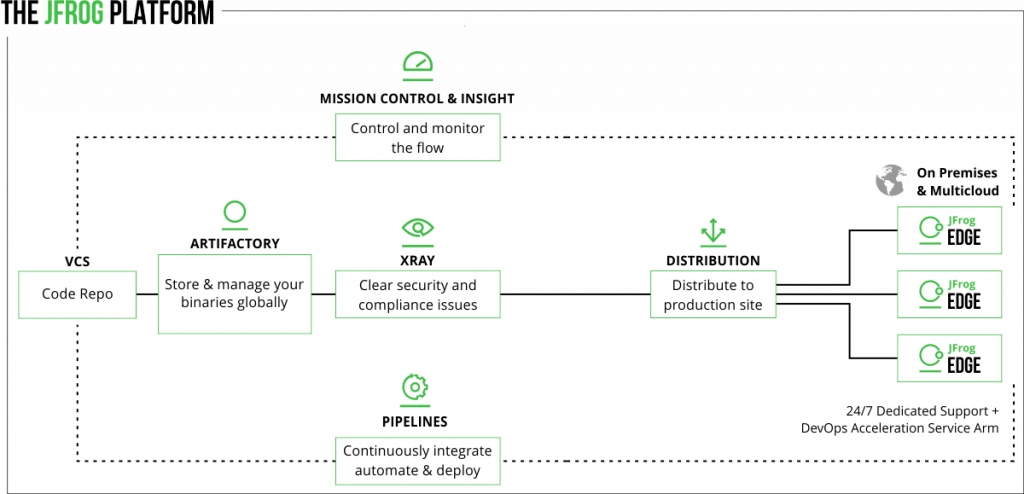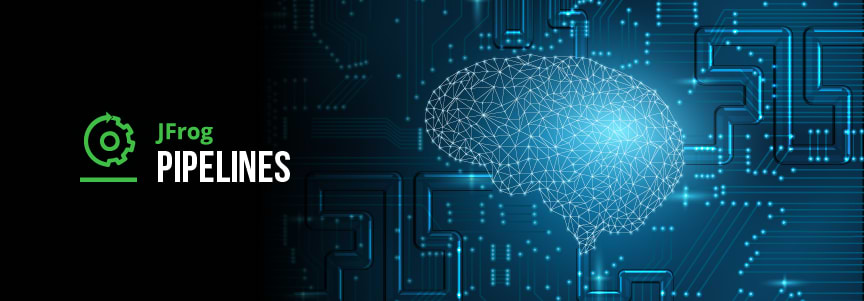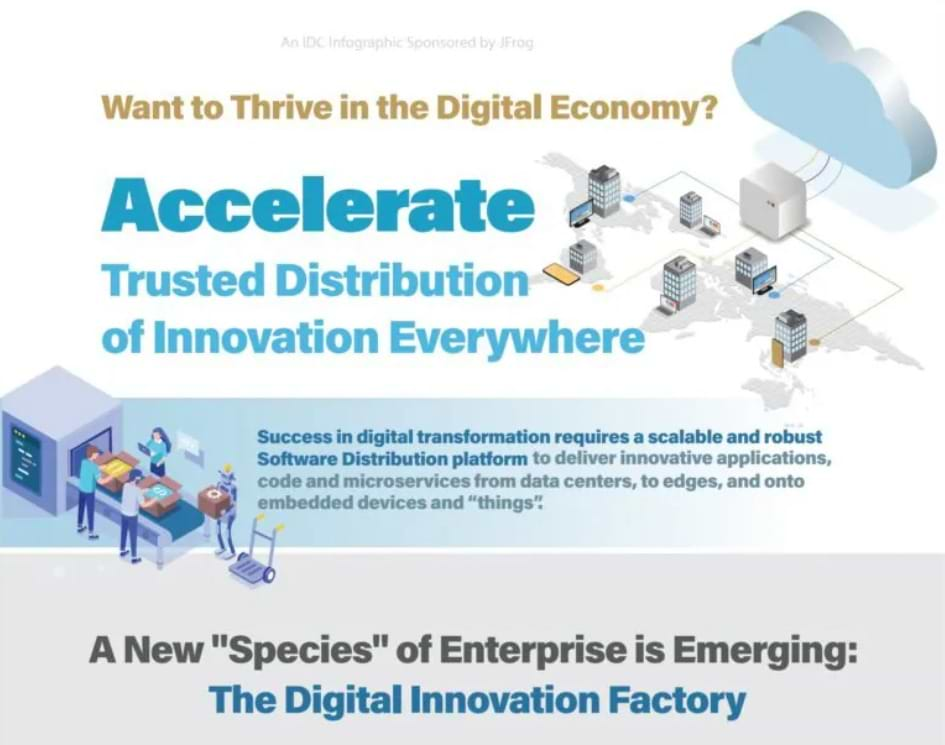Simply the Best: JFrog’s Top DevOps Articles from 2020
In 2020, JFrog’s experts published a treasure trove of content — blogs, articles, infographics, and more — to share insights and advice with our customers and the DevOps community at large. In case you missed them — or want to re-read them — here’s a list of the most popular ones.
They range from a primer on container registries to an explainer on achieving high-availability for your Maven repository. You’ll also find a collection of Helm tutorials and a deep dive on DevOps cloud solutions. One thing they all share: They’re enlightening and instructional, with concrete takeaways you can immediately put into practice. Happy reading!
DevOps 101: Container Registries
What’s a container registry? What’s the difference between public and private ones? How do you use them? Read this article by JFrog Developer Advocate Kat Cosgrove and find out the answers to these and other questions about container registries. It’s a clearly-written, jargon-free introduction to a topic that’s key for teams getting serious about cloud native development.
How to set up a Private, Remote and Virtual Docker Registry
Staying on the topic of Docker registries, check out this blog post from JFrog Developer Advocate Melissa McKay, in which she outlines the importance of having reliable and secure access to Docker images in a central location. Step-by-step, she explains how to set up a free local, remote and virtual Docker registry in minutes with JFrog Container Registry.
10 Helm Tutorials to Start your Kubernetes Journey
Helm is the go-to application package manager for Kubernetes. As JFrog product expert Deep Datta explains in this blog post, Helm provides a major change in how server-side applications are defined, stored and managed. He has hand-picked 10 video tutorials that’ll help you learn how to successfully use Helm to deploy your Kubernetes applications and become a Helm champ.
7 Tips to Achieve High-Availability (HA) For Your Maven Repository
Now that software is at the heart of every business, it’s critical for companies to prevent application outages and downtime. That’s why the concept of high availability (HA) is now in the DevOps spotlight. Learn all about it in this article by JFrog’s DevOps influencer Pavan Belagatti, including what are the traits of an HA infrastructure, how to achieve HA, and what are the building blocks of an HA architecture.
State of DevOps Cloud Solutions 2020
Increasingly, organizations are seeking to adopt an end-to-end cloud DevOps platform to boost and streamline their SDLC. But how do you evaluate all the different options in the market? Find out in this deep dive from JFrog product expert Jens Eckels. He provides an overview of cloud DevOps platforms, and offers concrete, precise criteria for evaluating them. For example: Do they offer a comprehensive, all-in-one user experience? Is their package management truly universal? Do they have native, built-in security capabilities?
Joyful DevOps is Here: Introducing the JFrog DevOps Platform
Speaking of DevOps platforms, what does JFrog offer in this space? In February, JFrog launched its universal, hybrid, end-to-end DevOps platform, to give our customers a centralized solution for binary/package management, DevSecOps, CI/CD, and software distribution. It fulfills all of your requirements by bringing all JFrog products under an advanced, unified and joyful experience for one-stop DevOps, as our CEO Shlomi Ben Haim explained in this blog post.
Pipelines CI/CD and the JFrog Platform Difference
While on the topic of the JFrog Platform, we recommend reading this blog post about JFrog Pipelines, our powerful system for next-generation CI/CD automation and optimization. You’ll learn how it helps make DevOps pipelines automation rapid, repeatable, and secure, with flexible runtime management, a robust DSL, and a real-time interactive UI.
AWS CodeArtifact vs. Artifactory: Which Should You Choose for Binary Management?
JFrog pioneered artifact management over a decade ago, stressing its importance for delivering software at scale, quickly and reliably. Now, other vendors are finally starting to catch on, including AWS. In this blog post, JFrog Director of Enterprise Communication Avigail Ofer contrasts and compares JFrog Artifactory with AWS CodeArtifact, explaining all you need to know about the products’ differences.
Never Worry About Cloud-Native Tech Security Again
If you’ve embraced cloud-native computing, you’re on the right path. But, as is explained in this article, there are challenges involved in shifting your development to a cloud-native environment, especially with regards to security. You’ll learn what are the security aspects involved in the cloud-native journey and how to solve them.
Don’t Panic: Kubernetes and Docker
You’ve probably heard that Docker as an underlying runtime is being deprecated in favor of runtimes that use the Container Runtime Interface (CRI) created for Kubernetes. If you’re concerned and confused about what this means and how it affects you, read this article, co-authored by JFrog Developer Advocate Kat Cosgrove. It explains the scenario, its implications, and its pluses and minuses for developers.
Infographic: Accelerating Trusted Distribution of Software Innovation, Everywhere
The importance of software distribution keeps growing, as teams accelerate development and scale delivery. How do you modernize application delivery and tackle distribution challenges? In this blog post, JFrog Enterprise Communications Director Avigail Ofer addresses topics such as distribution bottlenecks, consumption points, and speed. The post features an IDC infographic that illustrates distribution issues, best practices and trends with graphics and stats.
Dramatic Growth in Docker Usage Affirms the Continued Rising Power of Developers
For our last recommendation, we’re pointing you to an eye-opening post from our friends at Docker. Citing a massive increase in Docker usage, author John Kreisa states that containers are now undoubtedly mainstream, and that developers now play a starring role in business innovation and transformation “as they create the next generation of cloud native applications.” We concur.
